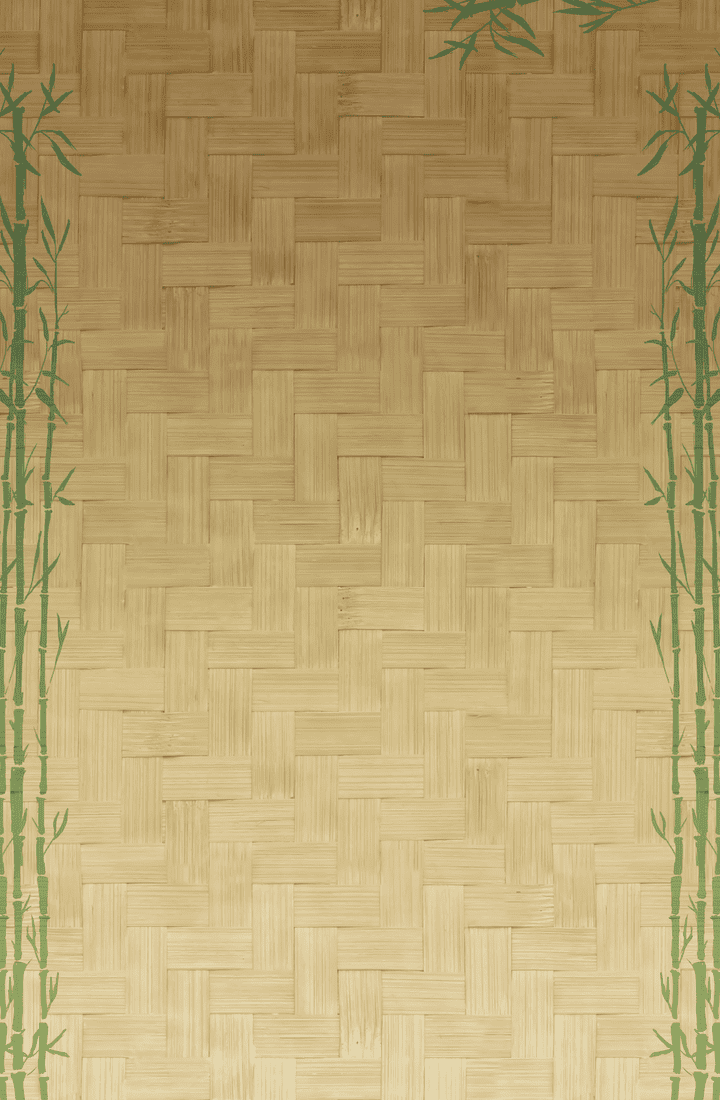
GO is a classical tile-based game from the Far East. Occupy the majority of the board to win the game. It is easy to learn but hard to master. Although it has just a few rules, it has a very high ratio of strategy and planning. For a higher pace we use a 9x9 board, instead of the usual 19x19 fields.
Let's start
The starting player gets the black stones and places the first stone on any crossing lines.


Game Objective
By placing stones in turns you try to conquer territories and capture opponent stones.
The player with the higher score wins the game.
Gameplay and Terminology
Placement
You can only place stones on empty fields (where two lines meet). To confirm a placement you have to tapclick the stone a second time.
Some fields are prohibited. They are marked with an  . There are two possible reasons: you would either harm yourself or cause a repetitive game situation. That will be explained later.
. There are two possible reasons: you would either harm yourself or cause a repetitive game situation. That will be explained later.
Occupy Territory
Every occupied field is worth 1 point. Occupied means any group of empty fields that is surrounded completely by your stones.
So try to avoid placing stones in your territory, or it gets smaller and you lose points!
Capture Stones
Your opponent's stones are captured, when you surround them without any empty fields. The edge of the board is working as a barrier. Captured stones cannot escape diagonally.
To capture an enemy in the middle of the board, you need four stones. To capture two adjacent enemies, you need 6 stones. At the edge of the board you need only three stones and in a corner just two!
 Example: 4 black stones surround a white one. The white stone will be removed from the board.
Example: 4 black stones surround a white one. The white stone will be removed from the board.
Remove Captives
Captured opponent stones are removed from the board and give you each 1 point. They are removed automatically.
If the stones are not removed, there is still an empty field left within the surrounded territory.
Forbidden Fields
To place a stone on the last empty field of enemy territory would result in suicide. Therefore it is forbidden.
But if your stone captures enemies, they will be removed first. You may place the stone when it is not captured after removing the opponent captives.
It is also not allowed to place a stone that causes a situation that already occurred in the latest move.
 Example: You may not place a black stone between the white stones. It would capture and remove the right white stone, but white could place a new stone there afterwards. So this would create a situation that can be repeated endlessly.
Example: You may not place a black stone between the white stones. It would capture and remove the right white stone, but white could place a new stone there afterwards. So this would create a situation that can be repeated endlessly.
Passing
Every stone placed in your territory will make it smaller, therefore it is allowed to pass as often as you want to. Just place a stone in the pass area above the playing field to do so. But there is a catch! Every time you pass, your opponent will get 1 point. If both players pass their turns, the game ends.
End of Game
The game ends when both player do not want to or cannot place a stone anymore. Then the territories are measured, the captives are counted and the amount of opponent passes are summed up for every player.
The sum of those three numbers is the final score. The player with the higher final score wins the game.
Revenge
The starting player has a slight advantage. Therefore the loser can start the revenge.


